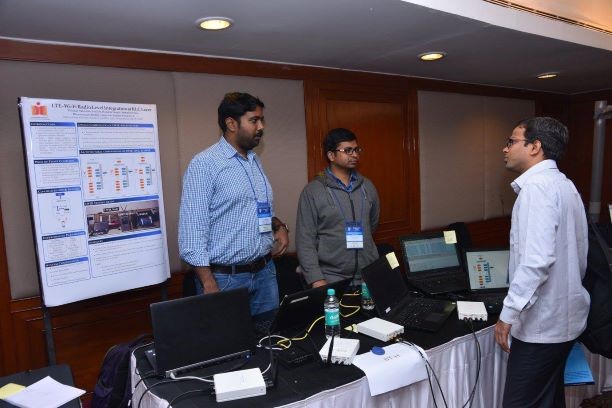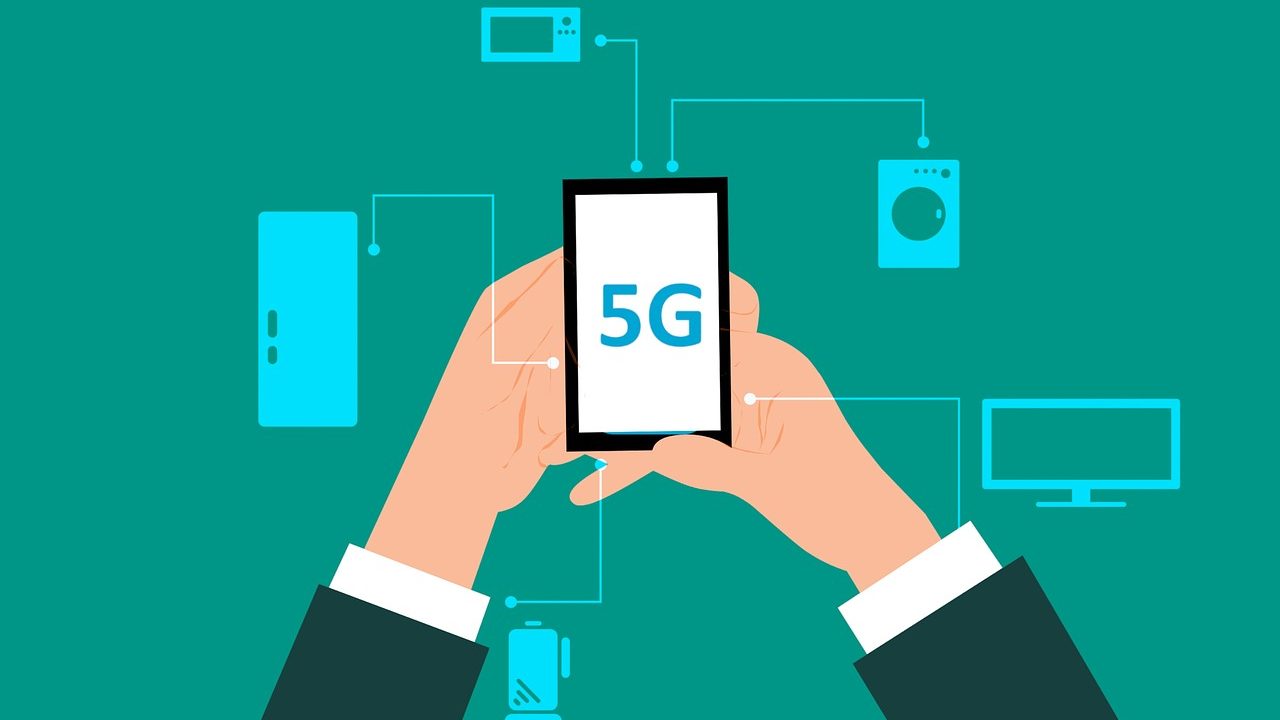The demand for data-fueled by smartphones and other internet-connected devices is rising continuously. At the same time, poor mobile phone connectivity inside buildings has become a point of concern for operators and consumers. Indian researchers may have found a solution to these problems – integrating cellular or mobile networks with widely used Wi-Fi networks.

While the idea of such integration has been around for some time, researchers at the Indian Institute of Technology Hyderabad (IITH) have found a way to overcome several key technical hurdles that come in the way of integrating two diverse wireless technologies, and have developed a prototype system for the same.
The researchers have proposed an architecture required for efficient integration of LTE (Long Term Evolution which is a 4G wireless standard) and Wi-Fi networks. As part of this work, traffic steering algorithm has been developed to solve disputes arising due to diverse serving rates of the two networks. In addition, the group has proposed ‘link aggregation’ techniques that can leverage the benefits of LTE to solve channel access problems with Wi-Fi. A working prototype for the integration of the two wireless systems has been developed.
Cellular and Wi-Fi technologies are meant to serve different purposes. Cellular covers users in large geographic areas but is limited by bandwidth and has poor coverage inside buildings. The spectrum is expensive, which, in turn, reflects in high data costs for consumers. On the other hand, Wi-Fi which operates on unlicensed spectrum is inexpensive and has a reasonably large bandwidth. But it can’t be used to cover large areas and its performance falls when a large number of users are connected.
“Integrating the two is a natural solution but involves significant technical challenges. LTE and Wi-Fi facilitate different data rates. In an aggregated system when the traffic is sent through both these networks, synchronization is lost in data transfer due to the diversification of data rates. The challenge is to make the traffic through two links to be delivered in sync,” explained Dr. Thomas Valerrian Pasca Santhappan, who conducted the research at IITH as part of his Ph.D. working under Dr. Bheemarjuna Reddy Tamma in the Department of Computer Science and Engineering.
The proposed architecture could also be used for high data applications in the future, according to researchers. “Integration of the two technologies could help serve bandwidth-hungry applications like Augmented Reality and Virtual Reality, as well as mission-critical applications such as healthcare, industrial automation, connected cars. This LTE-Wi-Fi integration is a primer for multi-connectivity in 5G. It could bring down capital expenditure for mobile network operators which, in turn, would mean lower cost of data for users,” Santhappan added.
The integration could be done in different ways. “Both cellular and Wi-Fi together can be employed to serve user needs. This means a user receives data traffic from both cellular and Wi-Fi simultaneously when he or she is in coverage of both. There could also be ‘soft handover’ or traffic steering between cellular and Wi-Fi and vice-versa.
A user is served either through cellular or Wi-Fi networks and is allowed switching between the two based on the coverage the user resides in,” the researcher said. However, he said, there are many underlying challenges to achieve these scenarios and “I have addressed primary challenges and made the system functional.”
The prototype can be further developed using the source code which has been made available in public domain (in GitHub) for anyone wishing to work on it. The technology will be incorporated in the indigenous 5G testbed being developed by Indian institutions.
Commenting on the work, Satya N Gupta, a telecom expert, and Secretary-General, ITU-APT Foundation of India, said it was an important development as new Wi-Fi standard 802.11ax (Wi-Fi 6) was fast emerging on the scene. “Wi-Fi 6 introduces new capabilities for carriers, cities, and enterprises to cost-effectively provide additional coverage and capacity, mainly indoor, to address the 5G use case requirements,” he said. New 5G standards are being developed with capabilities for Wi-Fi integration including trusted access traffic steering, switching and splitting.
However, Gupta said many challenges remain to be addressed such as enabling Wi-Fi-only devices to connect to the 5G core; developing an interface to enable network manageability and policy control between 5G core and Wi-Fi networks; and the ability of a client to route traffic over one or more accesses making optimal use of available connectivity. A simplified IP-based network architecture using unlicensed spectrum and a low-cost wireless backhaul can help in developing frugal 5G for rural areas. (ISW)
If you liked this article, then please subscribe to our YouTube Channel for the latest Science & Tech news. You can also find us on Twitter & Facebook.



